Six Masted Schooner Wyoming

The Wyoming was a six-masted schooner that was built in 1909 at the Bath Iron Works in Bath, Maine. At the time of its construction, it was the largest sailing vessel ever built in the United States, and it was the only six-masted schooner ever built. The Wyoming was designed to carry bulk cargo, such as coal, and it was used in the coastal trade along the East Coast of the United States.
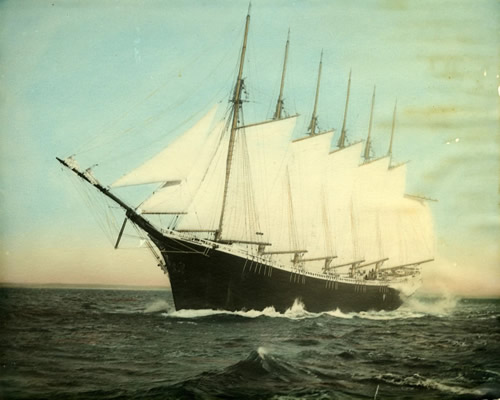
The Wyoming was designed by William H. Hand, Jr., and it was built for the Proctor family, who owned a fleet of sailing vessels that operated out of Bath. The Wyoming was named after the Proctor family's home state of Wyoming.
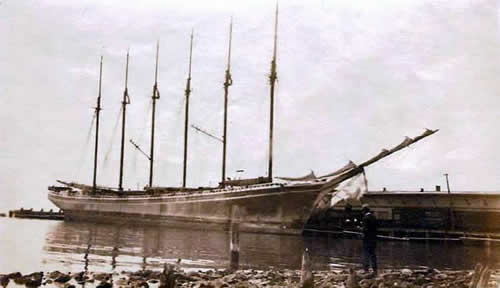
The Wyoming was a massive vessel, with a length of 427 feet and a beam of 54 feet. It had a gross tonnage of 5,449 tons and a net tonnage of 3,674 tons. The vessel was rigged with six masts, each of which was rigged with square sails. In total, the Wyoming had 29 sails, with a total sail area of 26,500 square feet. It was powered by a steam-powered windlass, which was used to raise and lower the anchor and to hoist the sails.
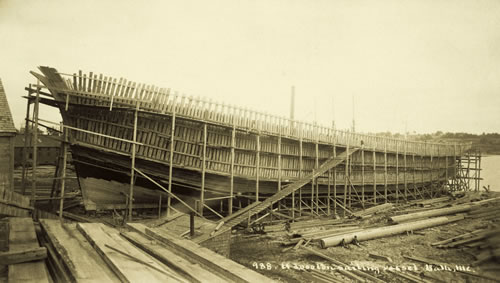
The Wyoming made its first voyage in 1909, carrying a load of coal from Philadelphia to Portland, Maine. It made several more voyages along the East Coast of the United States over the next few years, carrying bulk cargo such as coal, lumber, and iron ore. The Wyoming was known for its speed and reliability, and it quickly became one of the most popular vessels in the Proctor fleet.
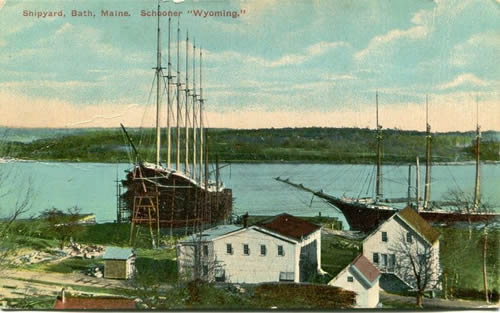
In 1912, the Wyoming was sold to the Eastern Steamship Company, who used it in the coastal trade along the East Coast and in the Caribbean. The Wyoming continued to be a reliable and successful vessel, and it remained in service with the Eastern Steamship Company for several years.
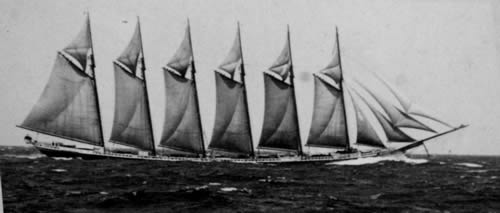
In 1917, the United States entered World War I, and the Wyoming was requisitioned by the U.S. government for use as a cargo vessel. It was used to transport supplies and equipment to Europe, and it made several voyages across the Atlantic during the war. After the war, the Wyoming returned to the coastal trade, carrying cargo along the East Coast and in the Caribbean.
The Wyoming continued to be a successful and reliable vessel throughout the 1920s and 1930s, but by the 1940s, it was becoming increasingly outdated. In 1943, the Wyoming was sold to a Canadian firm, and it was used as a floating warehouse on the Great Lakes. It was eventually decommissioned and sold for scrap in 1948, bringing an end to the career of one of the most famous sailing vessels in American history.
Despite its relatively short career, the Wyoming left a lasting legacy as one of the largest and most impressive sailing vessels ever built. It was a testament to the skill and innovation of American shipbuilders, and it served as a reminder of the importance of sail power in the early 20th century. The Wyoming will always be remembered as a true American maritime icon.
